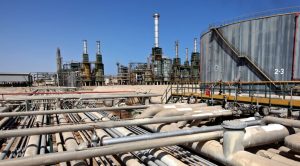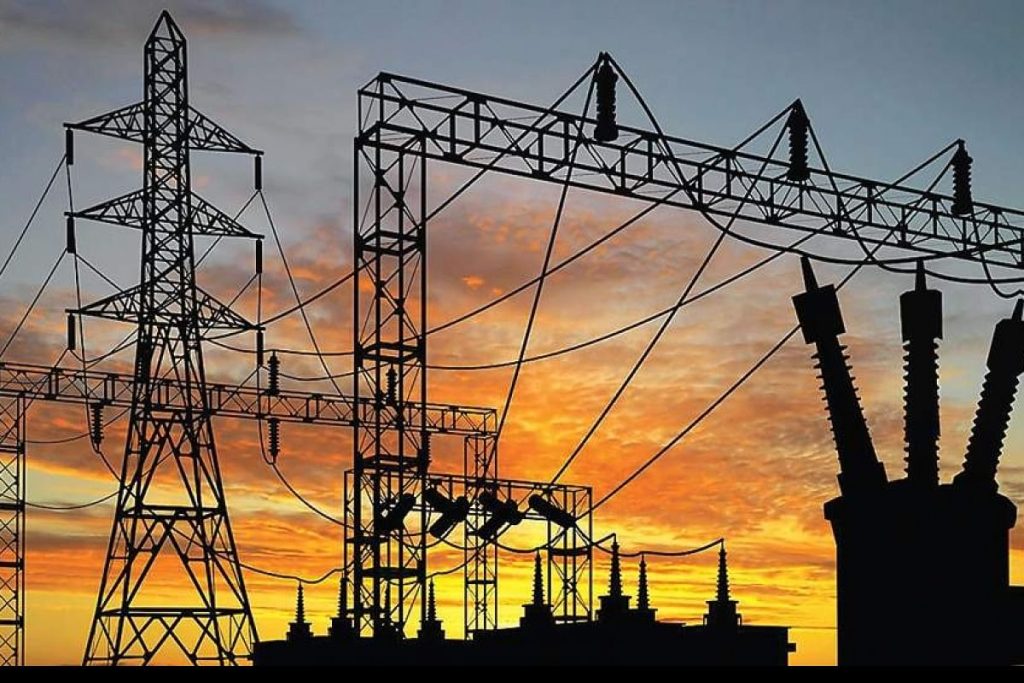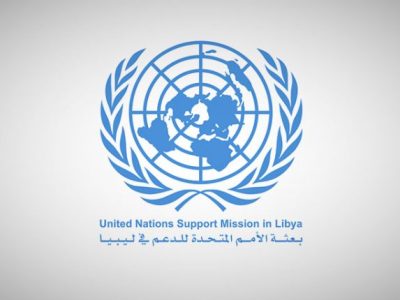Libya Power Grid at Risk: Building Resilience Against Blackout
Imagine an entire nation plunged into darkness because a handful of saboteurs twist a valve. That was the nightmare Libyans almost faced on August 30th, when an armed group closed the gas pipeline feeding the Zawiya power station west of Tripoli. Four generating units – numbers one, four, five and six – shut down. The national electricity company, the General Electricity Company of Libya, warned that the domino effect could bring down the entire grid. By the next day, engineers managed to reopen the line and restart the turbines. The narrow escape should serve as a clarion call: Libya’s power system is so brittle that a single ruptured pipe or snapped wire can knock out entire regions.

The centralised, hydrocarbon‑dependent grid inherited from Muammar Gaddafi has been starved of investment, vandalised by militias and stretched beyond its limits by soaring demand. A single pipeline disruption can knock out multiple generating units simultaneously, putting the country one step away from a nationwide blackout. To keep the lights on in the long term, Libya must diversify its fuel sources and decentralise power generation.
Start with the evidence of cascading failures. In its urgent statement after the Zawiya attack, the electricity company explained that closing the pipeline had forced four main generating units offline and warned that the “dangerous development threatens the stability of the entire electrical system”. Zawiya is not an outlier. Two weeks earlier, a feeder‑station explosion in Tubruq plunged the eastern city into a complete blackout that lasted into the next day, taking the first gas unit at the Tubruq power station out of service. These incidents expose a network built around single points of failure. Libya relies on a handful of gas pipelines and heavy‑fuel lines to feed its ageing turbines. When one link is severed – whether by sabotage, bad weather or neglect – generation units across the country trip offline. The fact that restoring a single pipeline prevented a nationwide blackout does not make the system resilient. It highlights how close Libya is to the edge.
Because collapse is a real possibility, Libya needs emergency plans that go beyond pleading for patience on Facebook. In the Zawiya case, the electricity company publicly warned that the disruption “could cause a total blackout across Libya”. Yet there is little evidence that the authorities have established clear protocols for black starts, load‑shedding sequences or priority power to critical services. Instead, each city improvises. When heavy rains cut electricity across Alkufra on September 1st, the emergency medical centre operated its clinic around the clock, stocked scorpion antivenom and deployed field ambulance teams. In Benghazi days earlier, parliamentarians lamented that blackouts were straining hospitals, disrupting water supplies and halting production lines. Hospitals have had to fend for themselves. The United Nations Development Programme has installed solar panels on the roofs of ten hospitals to ensure they can run dialysis machines, refrigeration and intensive‑care units during outages. Bashir Mohamed, deputy manager of Abu Salem’s emergency hospital, said the system was installed in less than a month, and the hospital’s technical chief, Hussein Al‑Rabaty, explained that the panels produce 37.5 kW and store 130 kW of power – enough to cover night‑time consumption. Such initiatives keep patients alive, but they are ad‑hoc measures standing in for a coherent national contingency plan.
This crisis will not be solved by simply relighting the same old gas burners. The electricity company urged authorities “to intervene immediately to restore the gas supply and safeguard electricity production”, but returning to the status quo means remaining hostage to saboteurs and dwindling fuel. Libya’s National Oil Corporation (NOC) knows that domestic gas is running short. In early September it proposed reviving a multibillion‑dollar project to tap the NC‑7 gas block in the west. A letter to Prime Minister Abdul Hamid Dbeibah outlined a plan for the NOC’s subsidiary Arabian Gulf Oil Co. to develop the field with partners including Eni, TotalEnergies, Abu Dhabi National Oil and Turkish Petroleum. The NOC argues that Libya’s 53 trillion cubic feet of gas reserves must be mobilised to meet “rising local demand”. That strategy might ease shortages in the medium term, but it still depends on pipelines and centralised plants that can be sabotaged. Without diverse fuels and distributed generation, Libya will swap one choke point for another.
The more promising path is to build resilience by spreading out where and how electricity is generated. Libya’s first grid‑connected solar plant opened in the desert town of Kufra on 29 August. Built by Infinity Libya and Touch Company, the one‑megawatt array powers up to a thousand homes and saves 545,000 litres of diesel a year. Officials say it is the first step toward adding four gigawatts of renewable capacity by 2035, diversifying an oil‑heavy energy mix. The company behind the project heralded it as a “turning point for Libya’s renewable energy future”. Micro‑solar grids are also being deployed in hospitals. These investments create thousands of small sources of power that cannot all be knocked out by a single pipeline or feeder station. And they can be built quickly: the Kufra plant took just eight months.
Equally important are reforms to the transmission network and governance. After Tubruq went dark in mid‑August, Libya’s House of Representatives summoned committees and ministers to address the crisis. In a Benghazi meeting on 20 August, parliamentary Speaker Ageela Saleh and eastern Prime Minister Osama Hammad conceded that blackouts were undermining hospitals and water systems and warned that “long‑term structural solutions” were needed. They proposed launching new power projects, modernising transmission infrastructure and strengthening maintenance. Those steps will require cooperation between rival administrations, transparent budgets and international support. They are also measurable: Libyans should judge progress by whether outages shrink from 17‑hour marathons to occasional inconveniences, and whether renewable capacity climbs toward the promised four‑gigawatt target.
What should Libya do now? First, publish and rehearse an emergency protocol for black‑start procedures, priority loads and public communication. Hospitals and water stations cannot remain at the mercy of last‑minute improvisation. Second, protect pipelines and substations with better security and redundancy, while accelerating the NC‑7 gas project to eliminate fuel shortages. Third, spend a fraction of oil revenues on decentralised solar and wind projects, micro‑grids for rural towns and battery storage, building on the Kufra and hospital models. And finally, modernise transmission lines and maintenance practices so that an explosion in Tubruq does not cascade across the country. Progress will not be measured in press releases but in hours of uninterrupted light and the number of children who can study after sunset.
Libya’s darkness is not inevitable. It is the product of fragile infrastructure, short‑term thinking and political paralysis. The Zawiya scare shows that one rogue action can still pull the plug on an entire nation. The antidote is resilience: plans for emergencies, diversified fuels and a grid built around many small lifelines instead of a few brittle arteries. If Libya fails to act, the next saboteur will not just shut down a pipeline. He will switch off a country.




